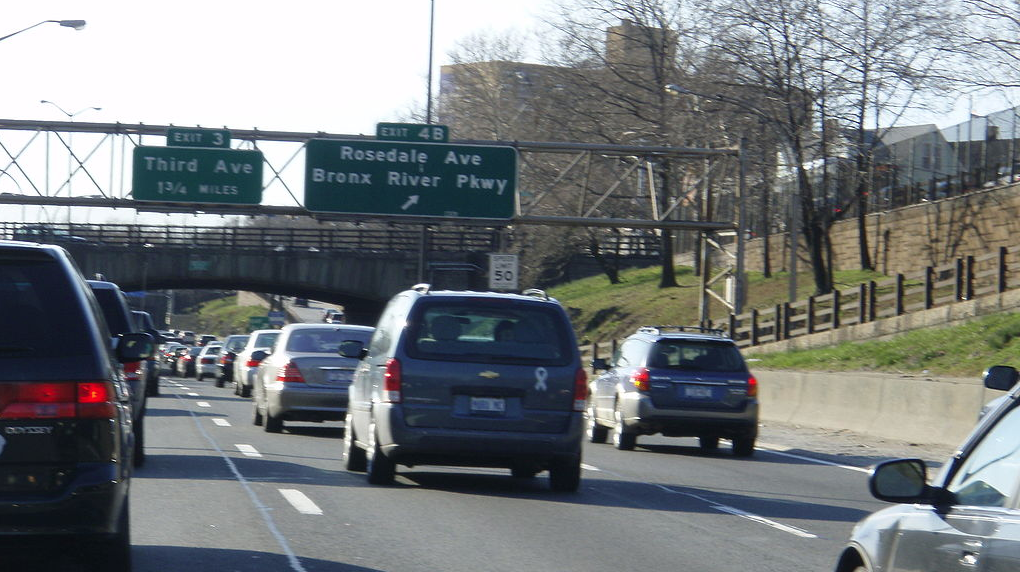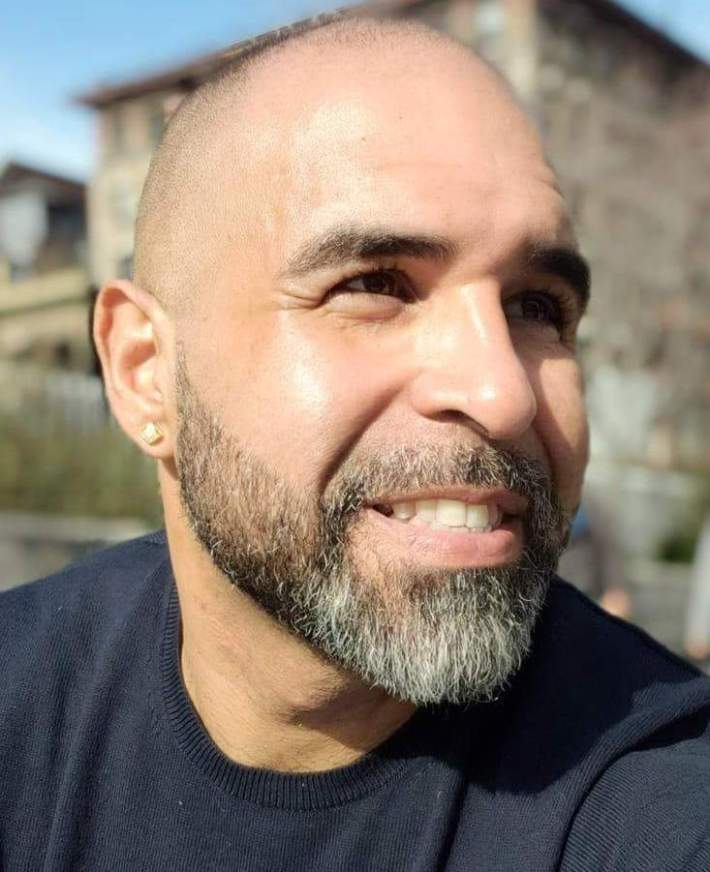In 1948, a scar running west to east began to appear across the center of The Bronx.
It was the construction of the Cross Bronx Expressway, one of the many ill-conceived works of Robert Moses, and it would leave an indelible mark on our borough. The highway, which would eventually become one of America's most congested, tore communities in half. White neighborhoods and communities of color were affected, but the Black and Latino community bears the brunt of its legacy years later — with devastating health consequences.
It's past time to rectify the mistake of Moses's monstrosity.
How? By capping portions of the highway with parks, as has been done in other cities with similarly destructive roads, like Dallas, which capped part of the Woodall Rodgers Freeway.
For the past few years, momentum has been building from Bronx residents across the borough fighting for environmental justice, such as Nilka Martell of Loving The Bronx from Parkchester, one of many neighborhoods greatly harmed by the expressway.
Martell has been working with local elected officials on capping a small portion of the expressway in her neighborhood. Now, with President Biden's infrastructure plan, many of us are daring to dream big.
By beginning to cap the Cross Bronx, we can begin to help clean up the air in vulnerable communities — with the added benefit of creating land that can be used for open green spaces and critically needed affordable housing.
Not only would we help restitch Bronx communities that Moses destroyed, we would also help alleviate our housing crisis and abysmal health rankings, because fewer toxic fumes from an expressway would yield cleaner air and trigger less asthma.
It's literally a matter of life and death, as the COVID-19 pandemic showed.
With the Cross Bronx carrying more than 200,000 vehicles spewing toxic fumes and particles such as nitric oxide into the air each day, asthma rates in The Bronx are among the worst in the nation. When the pandemic hit, The Bronx, with its largely Black and Latino population, registered the highest death rate in the city and one of the highest in the nation: A respiratory-tract infection, the coronavirus makes people with pre-existing conditions such as asthma all that more vulnerable.
So when Transportation Secretary Pete Buttigieg said that racism is built into our country's highways, it wasn't hyperbole, because it is these very communities that have been suffering from the negative effects of environmental racism for more than half a century.
Covering up the expressway would allow the road operate while letting our borough carry on with a greener, cleaner future for all.
Imagine a day in the future when you can walk across a park instead of a highway spewing deadly pollutants.
It’s possible. We just need the political will and muscle to make it happen.
According to a study led by Dr. Peter Muennig of Columbia University's Mailman School of Public Health, in 2018, 2.4 miles of the expressway could be capped over by such "deck parks," thus creating more green space.
“Deck parks can produce multiple health benefits. Most notably, they remove contact between pedestrians and automobiles. In doing so, they not only reduce [crashes], but they also encourage active, pollution-free transportation such as biking or jogging." reports the 2018 study.
We have seen environmental racism come to light during #COVID19. It’s no accident that the South Bronx #NY15, which has long been polluted by the environmental effects of the Cross Bronx Expressway, had the highest rates of COVID19 mortality. Via @NPRone @THECITYNY pic.twitter.com/x0dwePisFr
— Rep. Ritchie Torres (@RepRitchie) April 22, 2021
It goes on to indicate that "deck parks also place vehicles in a tunnel, thereby reducing noise and air pollution in surrounding neighborhoods. Finally, deck parks provide green space in which people can exercise and relax. In doing so, deck parks have the potential to reduce diabetes, heart disease, mental illness, cancer, low birth weight, and death associated with accidents."
The study put a price tag of about $757 million, but the potential health benefits outweighing any upfront cost in the long term. Healthier people are less of a financial burden on our precarious health-care system.
In a borough where we have the highest rates of diabetes, asthma, obesity, and cardiovascular disease, we have a mandate to do right by our communities and those who not only live in them today but the generations that will call The Bronx home long after we're all gone.
We deserve to live and breathe.
The moment to fix the Cross Bronx is now, while there is political will to spend our hard-earned tax dollars on one of the largest infrastructure proposals in our nation's recent history.
Ed García Conde (@welcome2thebx), a life-long resident and activist of The Bronx, is the founder and editor of Welcome2TheBronx, the borough's largest independent blog and news site. He recently joined the advisory council of Transportation Alternatives to bring greater representation of the borough's needs.







